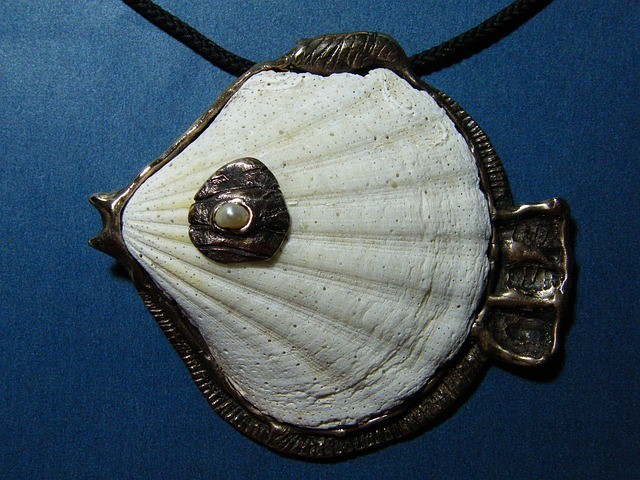Busts and statues are not the only impressive things you can do with metals like bronze. If you’ve got a preference for metalwork and a knack for the crafts but would prefer to work on smaller, more intimate pieces, you can still use bronze for other endeavours like jewellery making.
There are many advantages to working with bronze when creating jewelleries, foremost of which is its versatility and flexibility. That’s on top of it having a good aesthetic appeal as well. Still, it’s not a material to take lightly, especially in creating your masterpiece. Here are some important things you need to know when working with this material, such as in bronze tube, sheet, or square form so you can make the most out of it.
Why Bronze
Jewellery makers love working with bronze because it can be easily melted and shaped with heat, thanks to its low melting point, it does deliver great strength and durability once it hardens. It is also versatile enough to be used for casting, much like brass. When you do work with brass, however, it’s crucial that you also familiarize yourself with how it reacts with other materials.
If you’re going to use it for casting, for example, make sure to keep a keen eye out as it sets on the cast. Bronze tends to expand ever so slightly just before it sets, which can fill in even the littlest hole or pore of the mold. While it is good that it can provide sharp details of the material, this can also be a problem for you if you intend to have an absolutely smooth surface. Other than having to keep a close eye on what you’re cooking, though, bronze is relatively an ideal material to work with.
Types of Bronze Materials
Bronze comes in many different forms, including bars, sheets, tubes, rings, and wires. Depending on what you intend to do with it, you can mix and match these items to form your creations.
For earrings, you can cut sheets to engrave or etch designs on, or you can also use the wires to bend into different shapes. The same goes for necklaces. You will need to take note of the difference in weight though especially because it will be worn on the body.
Small bronze tubes can be strung together to form exquisite necklaces, or even into clunky bracelets. You can glue gems on the surface or etch other designs to give it a much more elegant look. For more structured items, like those with additional height or length, you can weld other bronze material types onto it for more flair and drama.
Work Tools
When working with metals like bronze, you should pay attention to the tools that you use. Otherwise, you might damage the material, which can then set you back on your project. For cutting sheets, for example, it’s best that you use scissors that are specially designed for bronze use, and not just any ordinary ones. These can cut straight through the sheets, making for faster and safer progress.
There are also pliers, mold trays, bristle hand brush, palette knife, firing tongs, cutting boards, and soldering equipment. Do make sure that you familiarize yourself well on the proper use of these items so that you don’t flub your project.
Keep It Shiny
Because bronze is prone to oxidation, it also tends to discolor or develop natural patina. It’s not always that bad, having this feature. In fact, there are instances when having patina on bronze items can add to its aesthetic appeal, just as long as it is done right. You can even deliberately add one yourself using the heat technique.
However, if you’d much rather keep the bronze surface smooth and glossy, then you must put a coat of varnish to protect the raw material from exposure to oxygen. Proper storage will also play a huge factor in keeping it looking good.
It could take a while to perfect the art of creating bronze jewellery, which is why it’s important that you team up with a reputable and trusted material supplier. Establishments like Rotax Metals can help you turn your vision for jewellery creation into reality.
Sources:
Bronze in Jewelry. JewelryMakingJournal.com.
How to Clean and Care for Bronze Jewelry. JewelryNotes.com.


